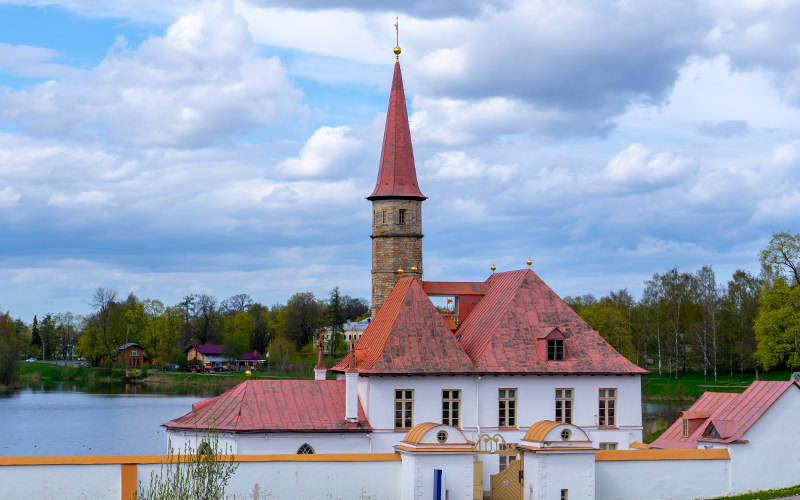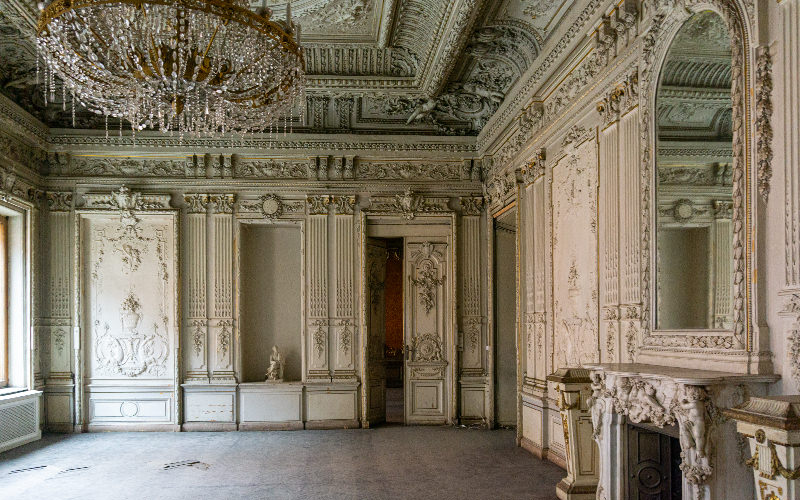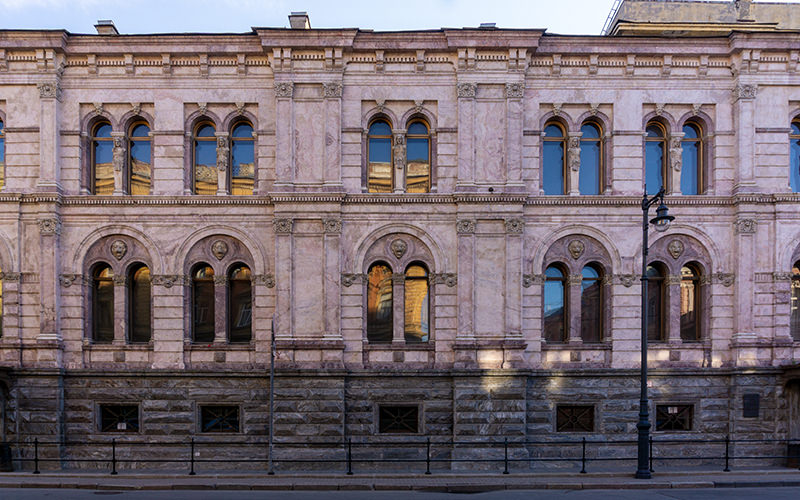Between 1857 and 1862, a unique building appeared in the eastern part of the Liteyny District of St. Petersburg — the Small Marble Palace. This was an exceptional case for the city, as such extensive use of marble for the facades was only seen in St. Isaac's Cathedral and the nearby Marble Palace.
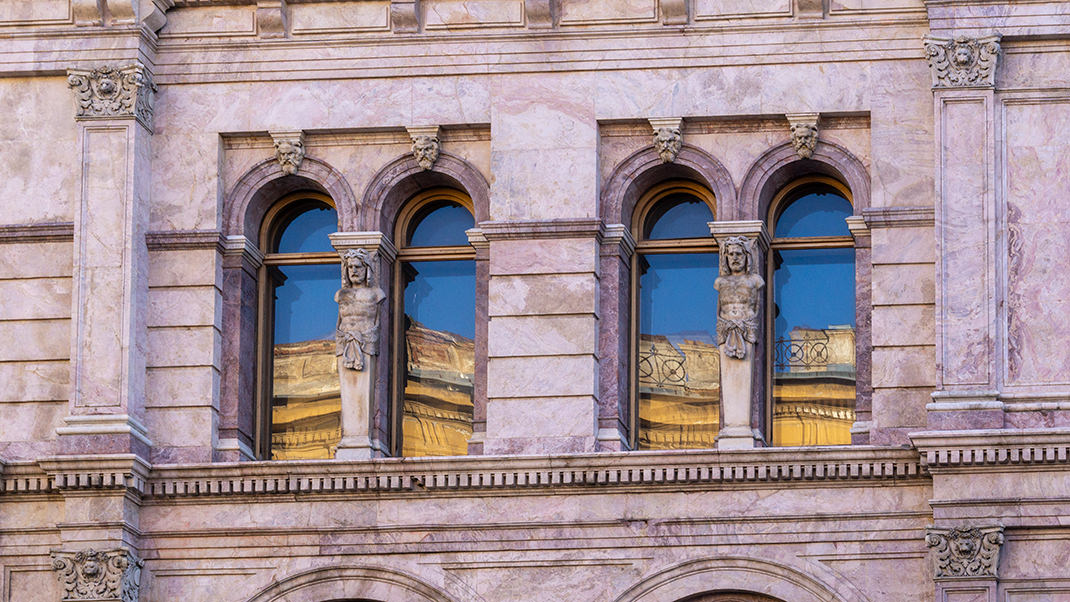
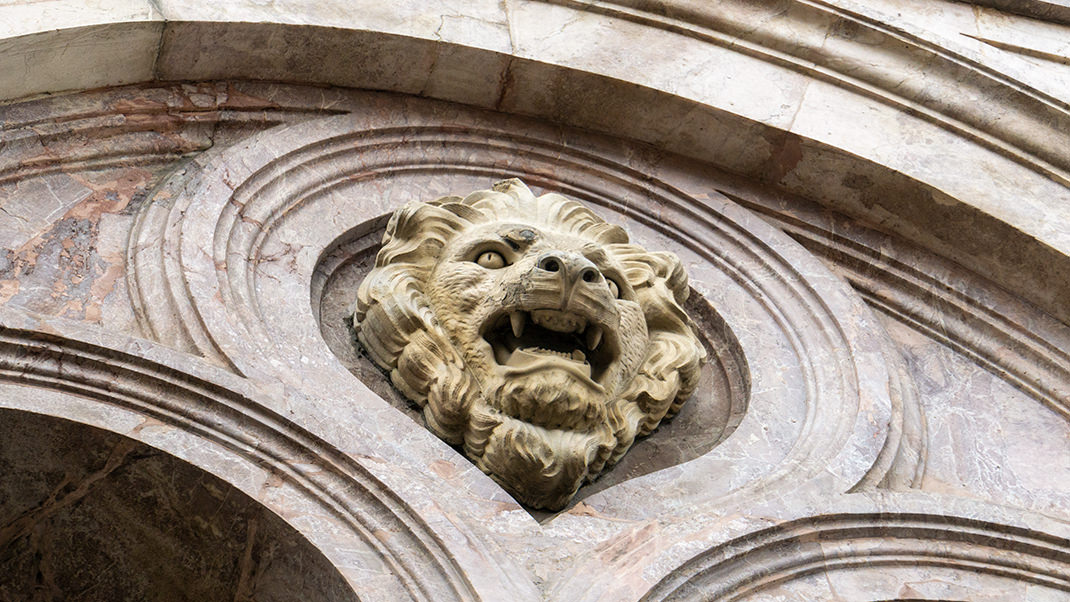
Today, we will continue our discussion of the history and interior design of the mansion on Gagarinskaya Street. As a reminder, I mentioned how to get here for a tour in the first part of this article.
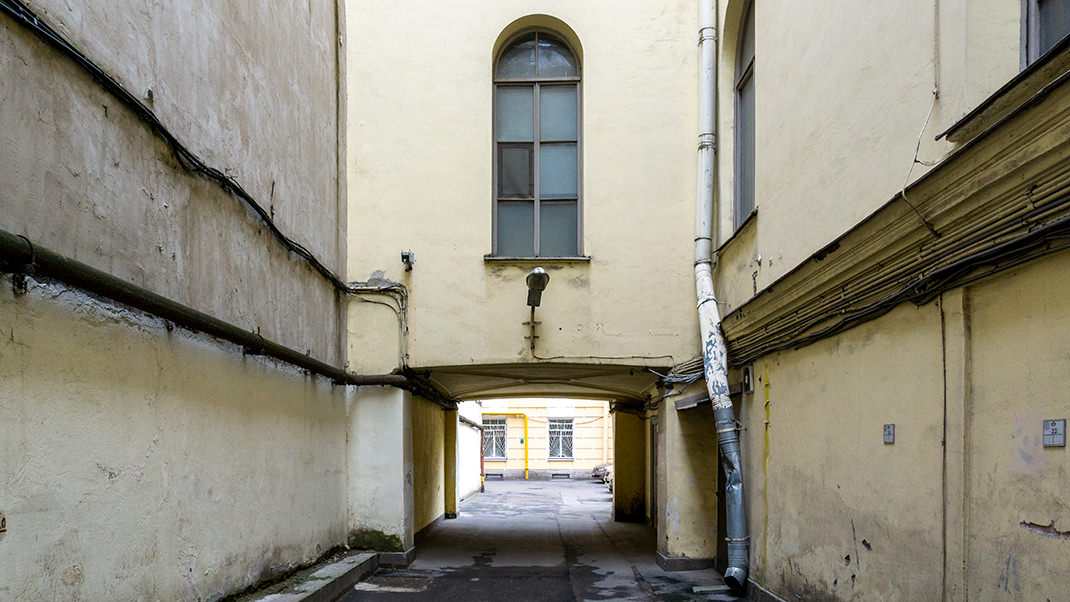
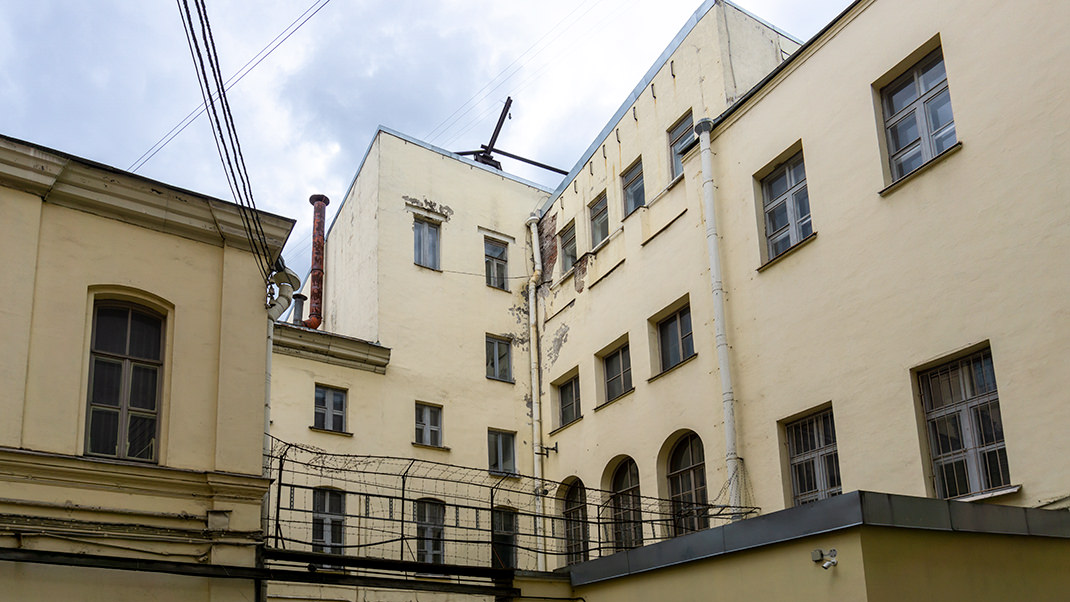
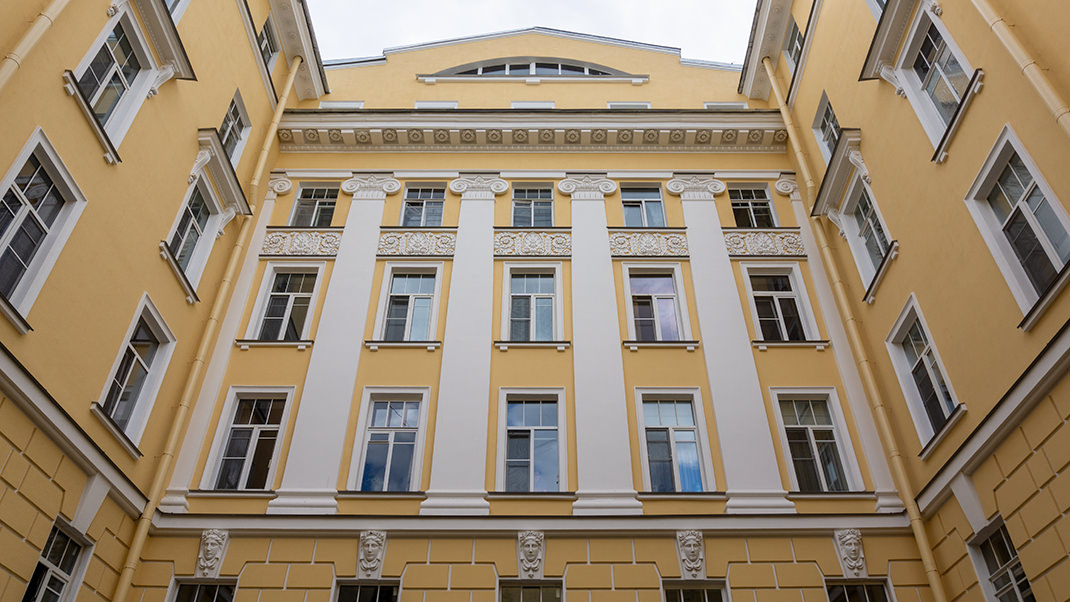
The Small Marble Palace: Post-Revolutionary History and a Tour of the Interiors
Last time, I concluded my story with the pre-revolutionary owners of the palace. Ten years after the change of power in the country, the Small Marble Palace was transferred to the Research Institute of Labor Protection. During this time, the decor of most of the ceremonial halls was destroyed, as the organization was adapting the former palace for its own needs.
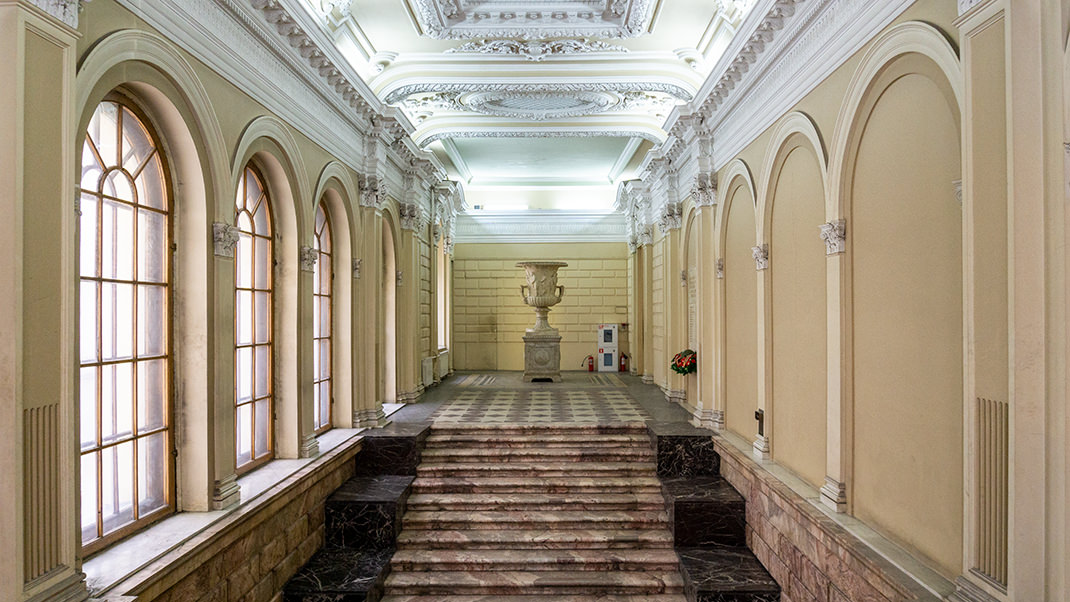
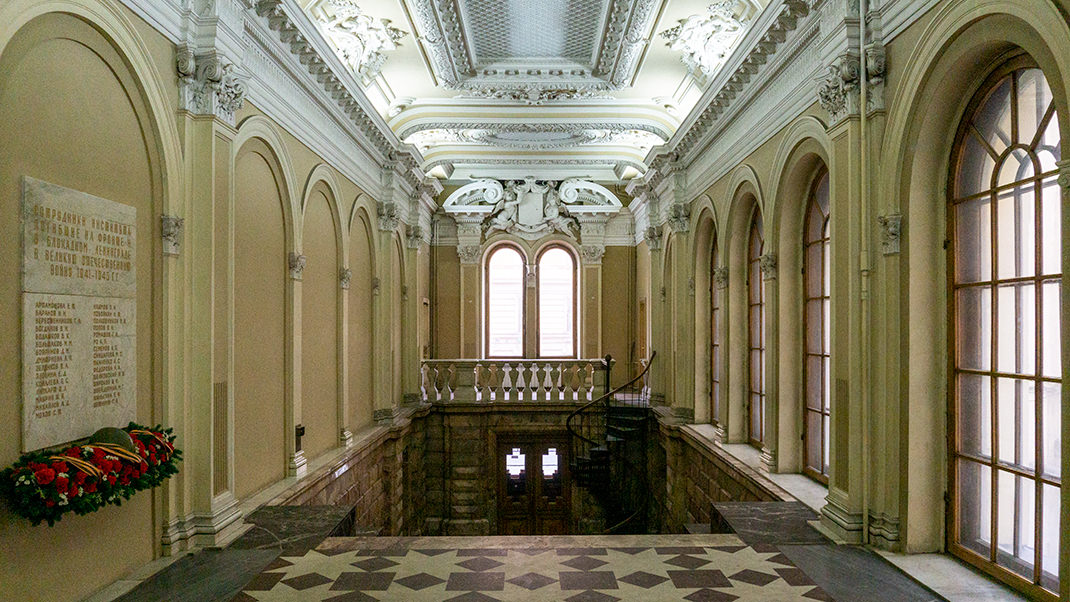
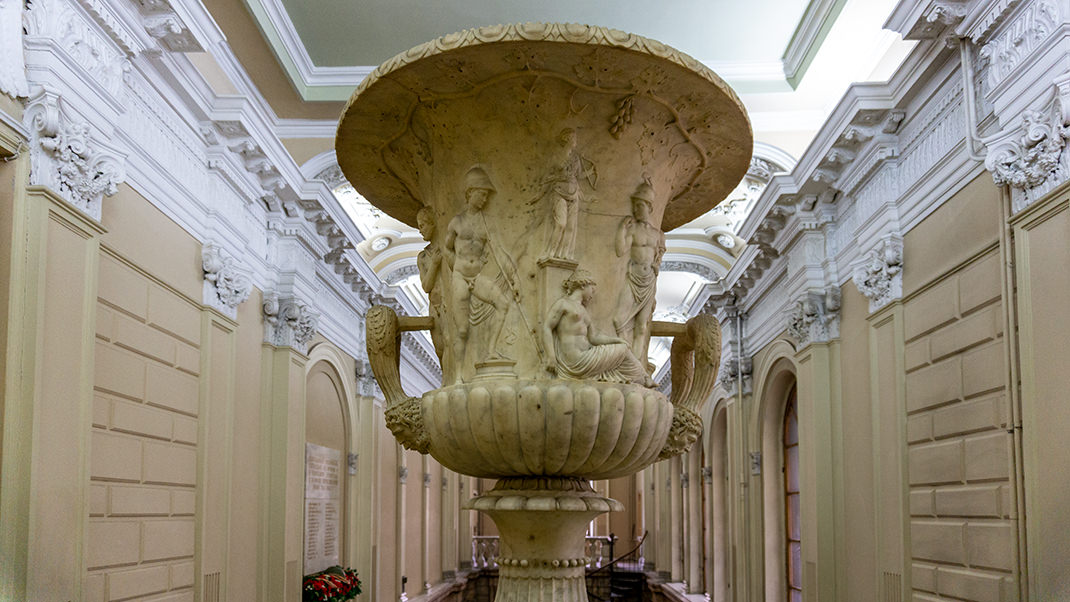
Since the 1990s, the building has been transferred to the European University in St. Petersburg. There are mentions online that in 2017, the city authorities intended to terminate the contract with the university, but as of today, the organization directory for this address lists the Center for Science and Technology Research at the university.
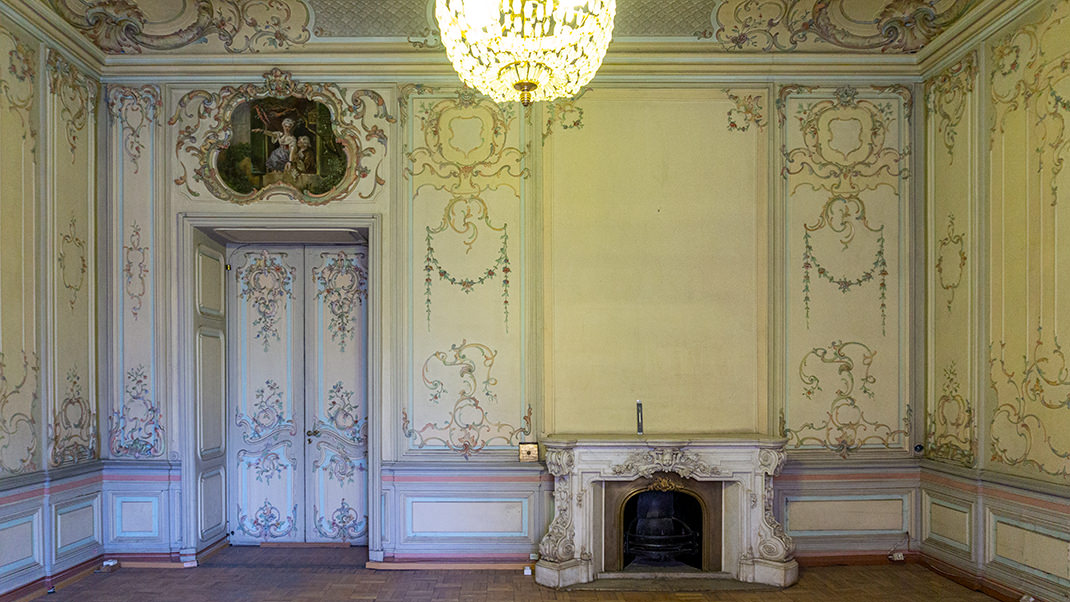

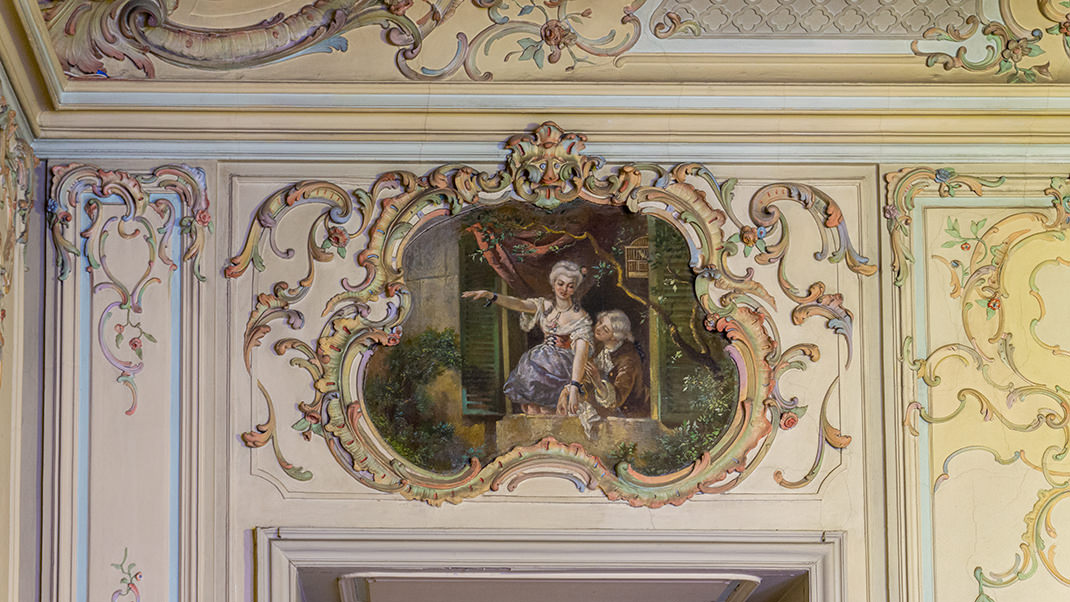
Undoubtedly, the main distinctive feature of the palace is its grand facade, made of Ruskeala marble. The diversity of this part of the building is further enhanced by pilasters, reliefs, and "umbrellas" above the entrances.
Interestingly, nearby is the often-mentioned "yellow house." This building frequently appears in online lists about unusual or smallest houses in our city. Although it is separated from the palace by the house at number five, it is also part of the mansion: this is where the black exit from the Kushelev-Bezborodko estate used to be located.
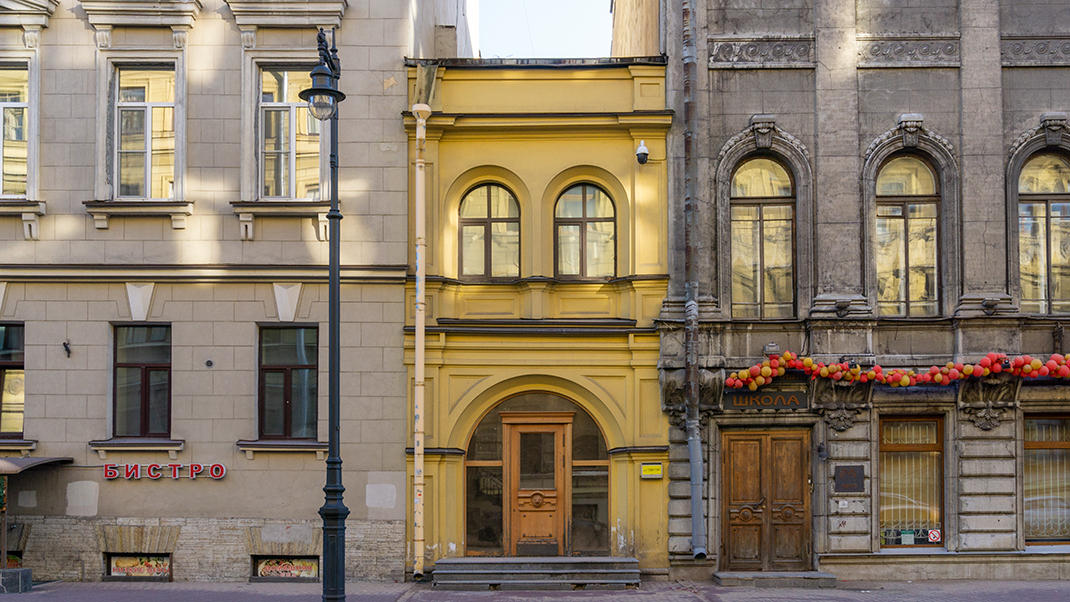
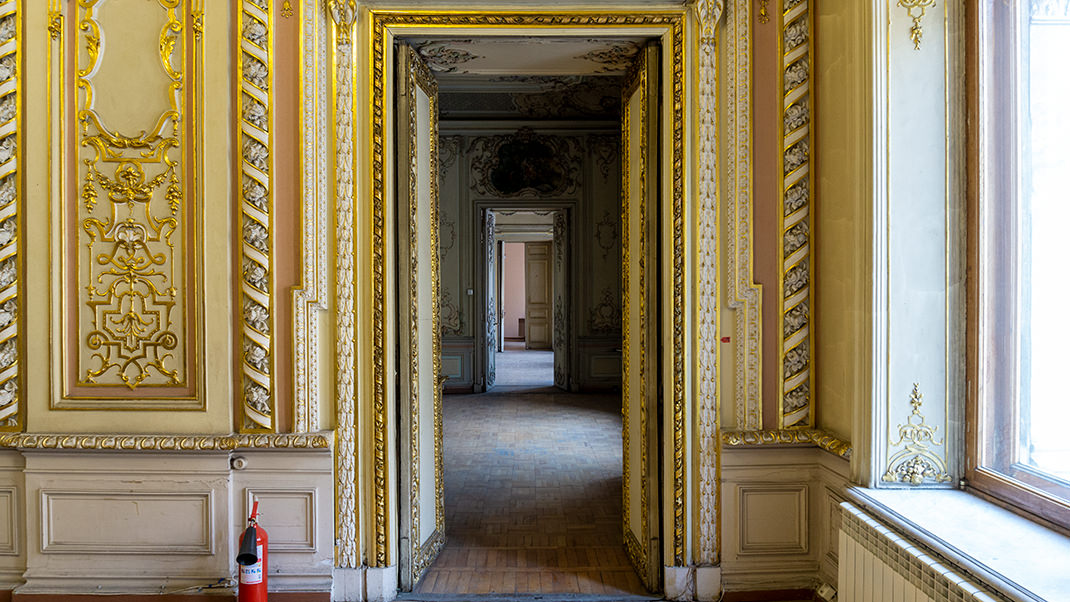
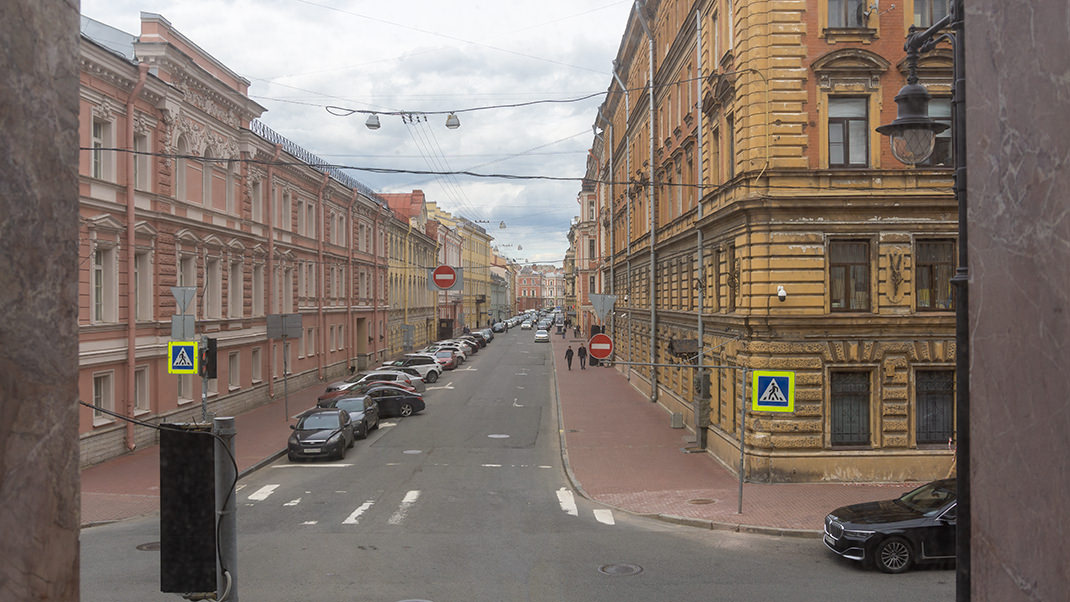
The first thing visitors are greeted with upon entering the palace is a massive grand staircase, perhaps one of the most recognizable in the city. In the upper vestibule, there is a large vase on a pedestal, and a graceful spiral staircase leading to the second floor.
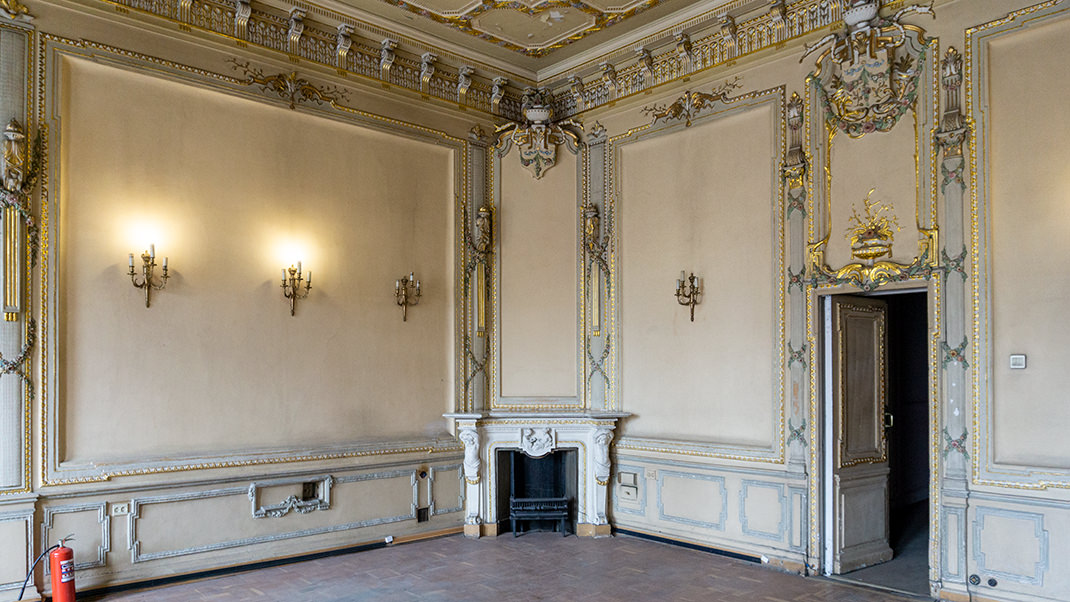
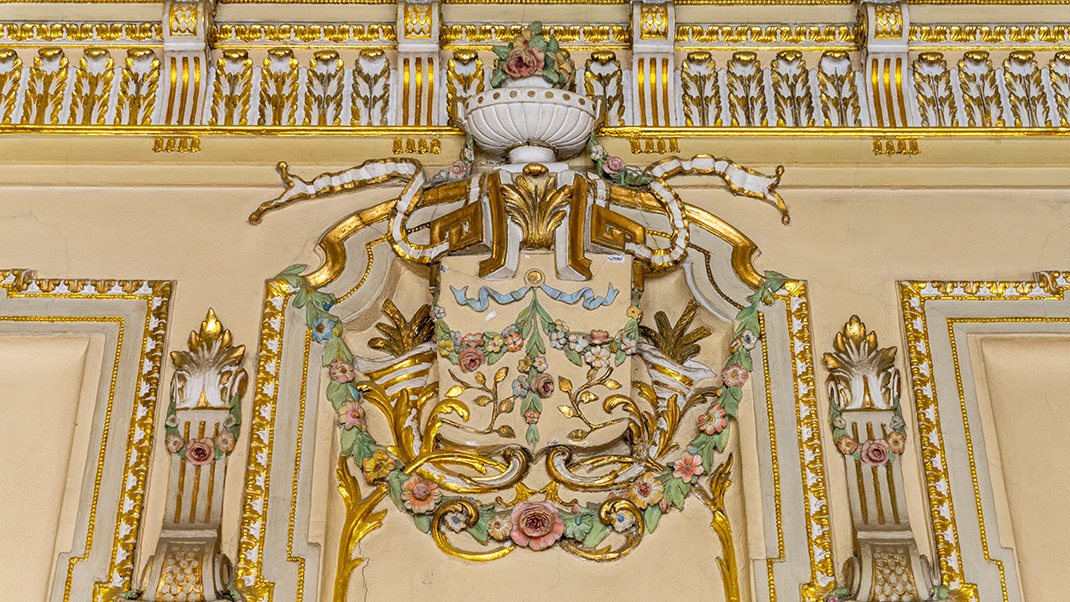
In line with the fashion of the time, the palace's ceremonial halls were decorated in various historical styles: Louis XIV, Louis XV, and Napoleon II. Today, fewer than a dozen rooms are open to visitors, and some of them are finished with modern materials and are noteworthy mainly for their history. For example, the memorial bedroom of Emperor Alexander II is one such room.
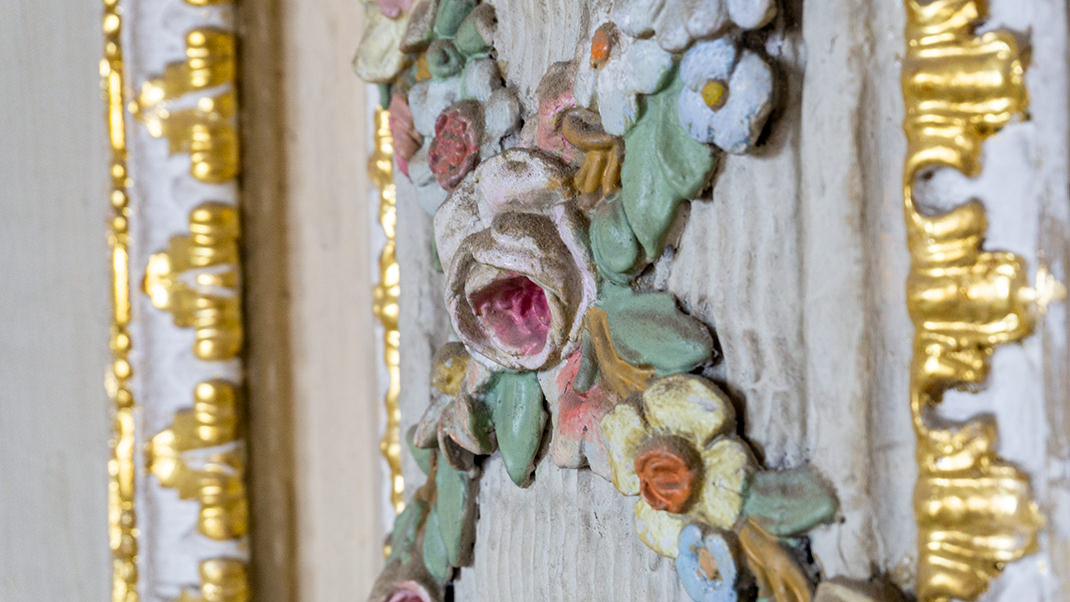
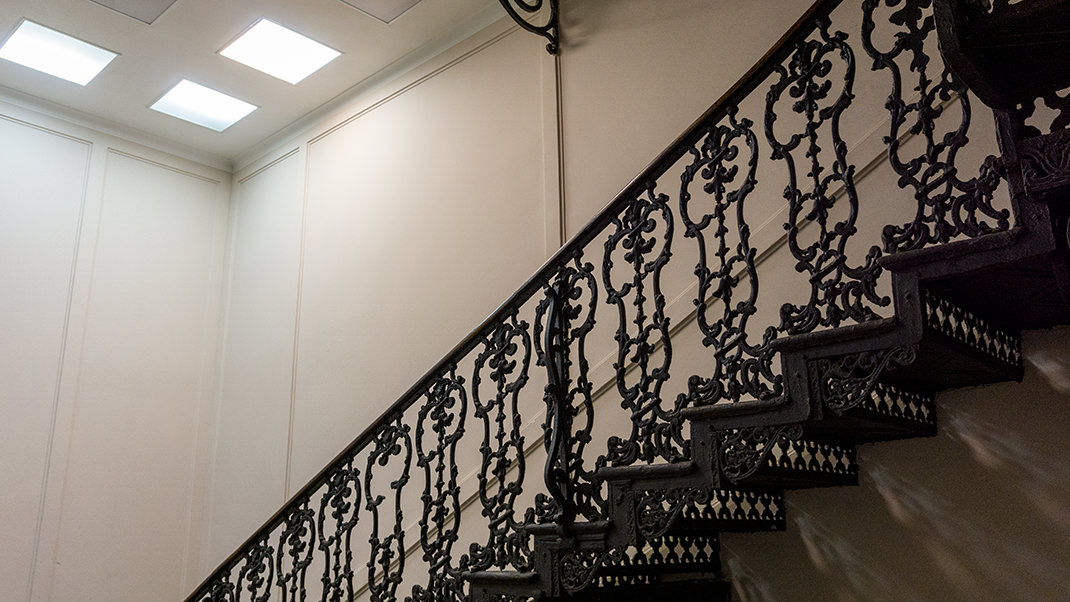
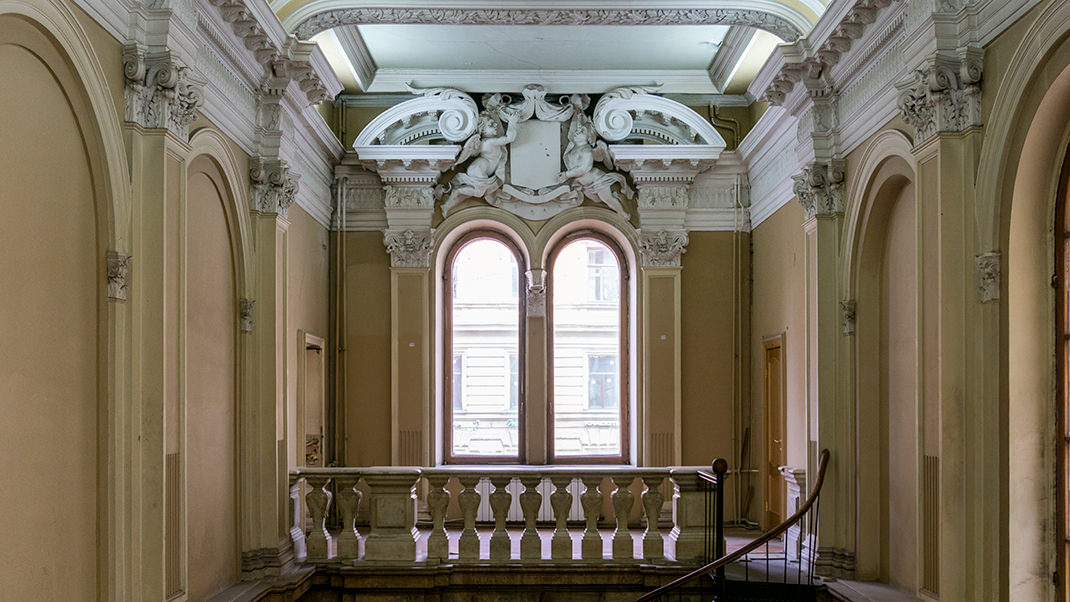
The tour of this historic building concludes in a small gallery, accessed by the aforementioned spiral staircase. We take a final glance at the vestibule and head out to explore the city further. Recently, I have visited several mansions and palaces in St. Petersburg and its suburbs. Among them, I can confidently highlight Peter the Great's summer residence, the Monplaisir Palace in Peterhof. I am sure its interiors will appeal to most lovers of St. Petersburg's architecture.
Have a nice trip!


